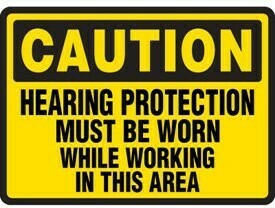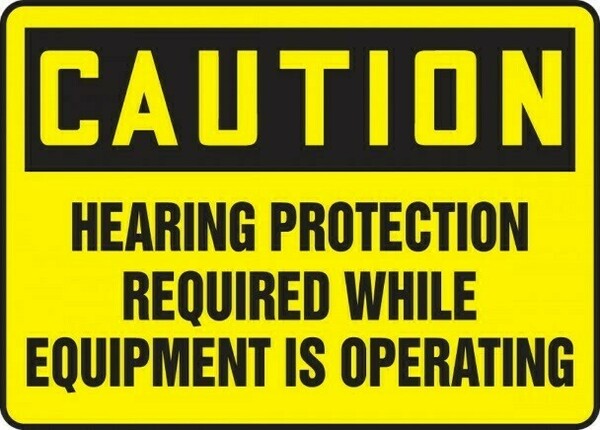Hearing Conservation Program
Overview
The Hearing Conservation Program at the University of Notre Dame has been established to define employer and employee responsibilities that ensure safe practices designed to protect each employee from exposure to high sound levels while they perform their duties. Although individual susceptibility, personal hobbies, pre-existing medical conditions and age affect individual hearing loss, it is a priority of the University to protect employees from occupational noise exposures. All University employees whose potential exposure to sound levels averaging greater than 85 dBA for 8 hours per day, 40 hours per week or to periodic sounds that exceed 115 dBA, are required to participate in the University’s Hearing Conservation Program.
Written Program
Hearing Conservation Program (213 kb, pdf)
Training Requirements
All employees exposed to noise levels that meet or exceed an 8-hr TWA of 85 dBA shall be trained and then periodically retrained. The training will include the effects of noise on hearing, contributing factors that cause hearing loss, the purpose of hearing protection, advantages and disadvantages of the different types of hearing protection, the attenuation factors of hearing protection, how to select hearing protection, how to properly use hearing protection, the purpose of audiometric testing and what it means, employee responsibilities, and employer responsibilities.
Equipment Orders
Signage similar to this shall be posted at the entrance to areas identified as having noise levels requiring hearing protection. This signage can be purchased from Grainger.

Signage similar to this shall be posted on the individual pieces of equipment identified as having noise levels requiring hearing protection. This signage can be purchased from Grainger.

Hearing protection devices are defined as any device that can be worn to reduce the level of sound entering the ear. Hearing protection devices shall be made available to all employees exposed to an 8-hour TWA of 85 dB or greater at no cost to the employees and shall be replaced as necessary.
Employees shall be given the opportunity to select their hearing protection from a variety of suitable hearing protection devices. RMS has created a guide for hearing protection device options for use on campus. The Hearing Protection Device Guide (196 kb, pdf) provides a catalog of pre-selected hearing protection devices. These or an equivalent product with a Noise Reduction Rating (NRR) of 28 or higher shall be used. These hearing protection devices are available for purchase through Fisher Scientific and fitting instructions for 3M hearing protection devices is available. If you have any questions about the listed equipment or need items not listed, please contact Risk Management and Safety.
Regulatory Information
The University of Notre Dame has developed the Hearing Conservation Program in accordance with federal regulations CFR 1910.95.